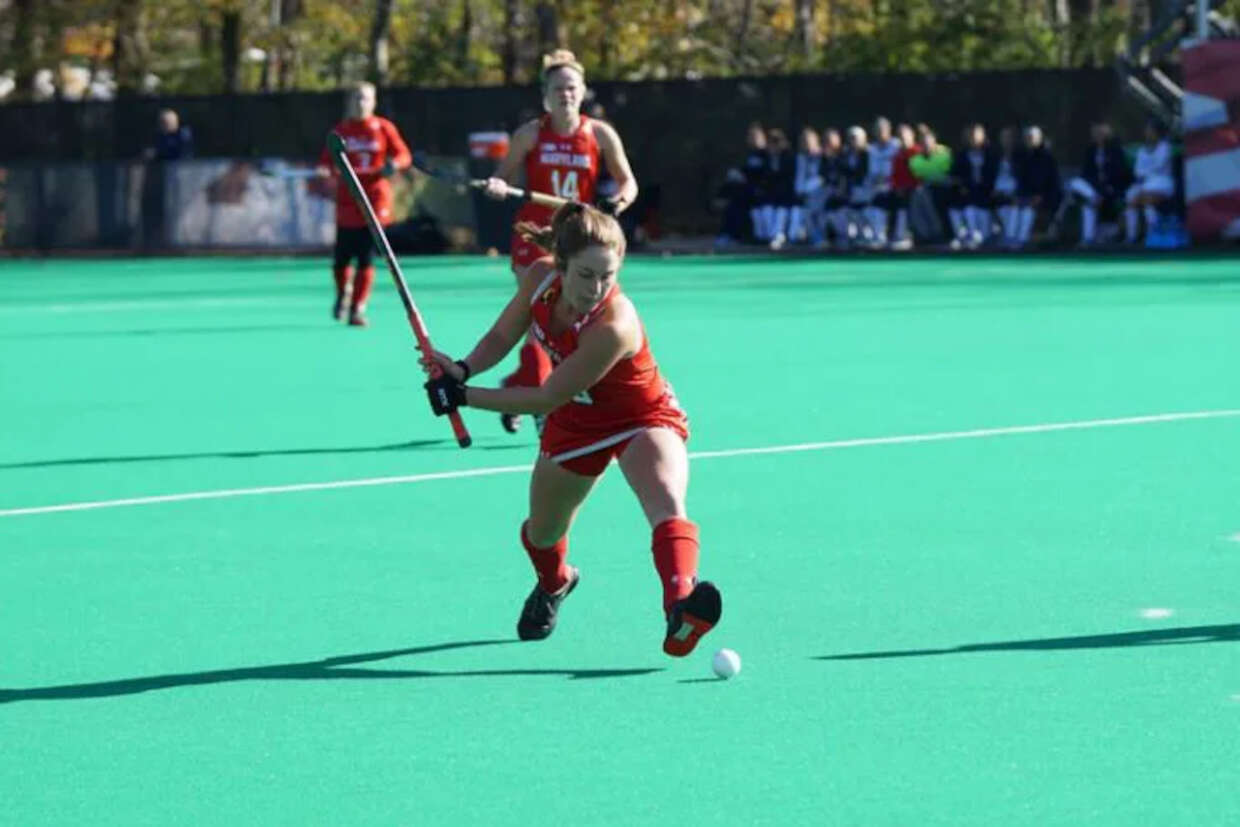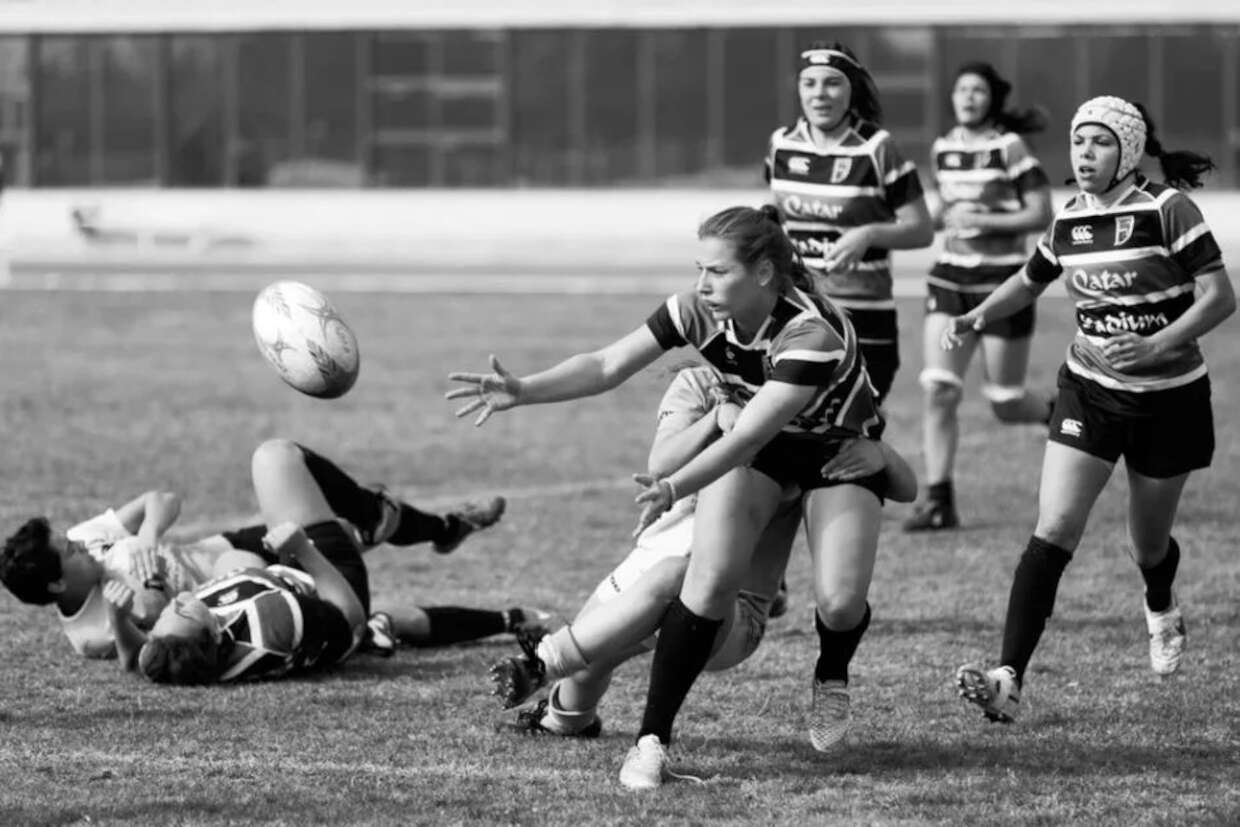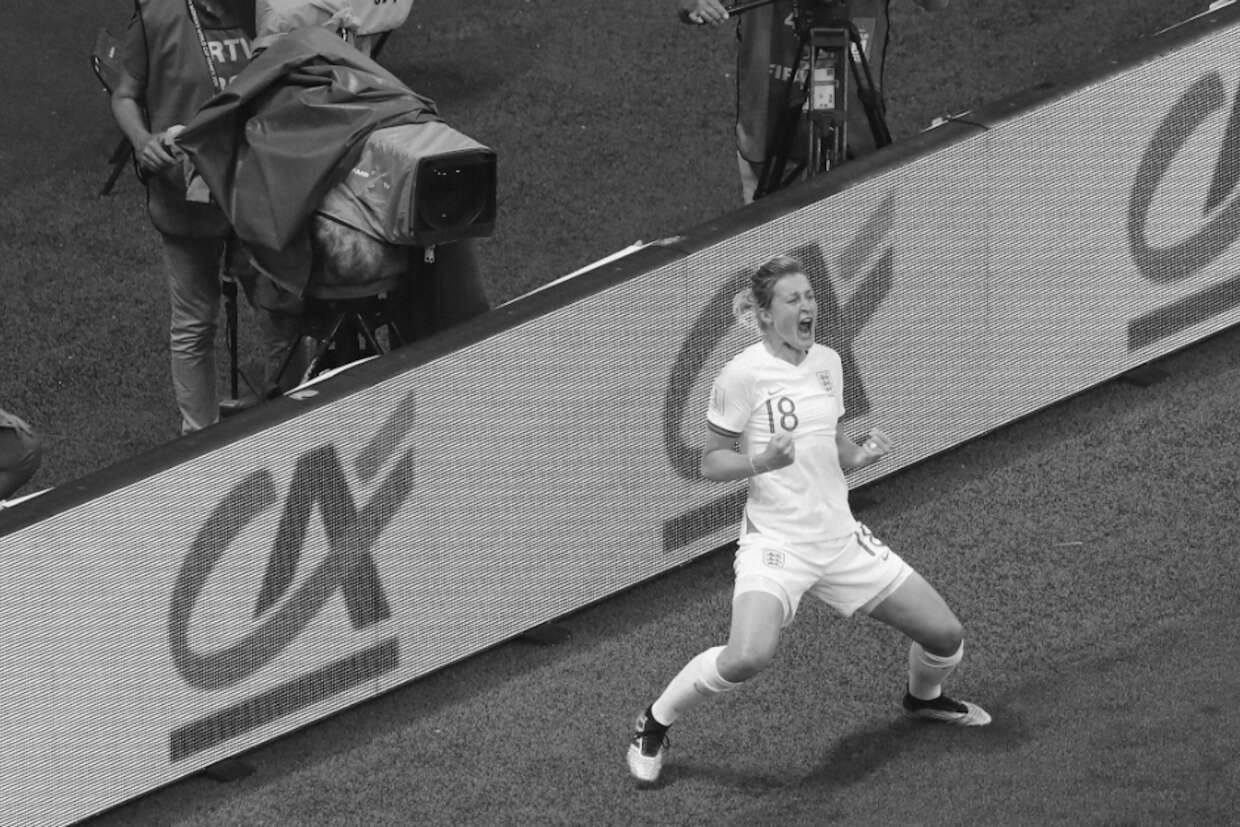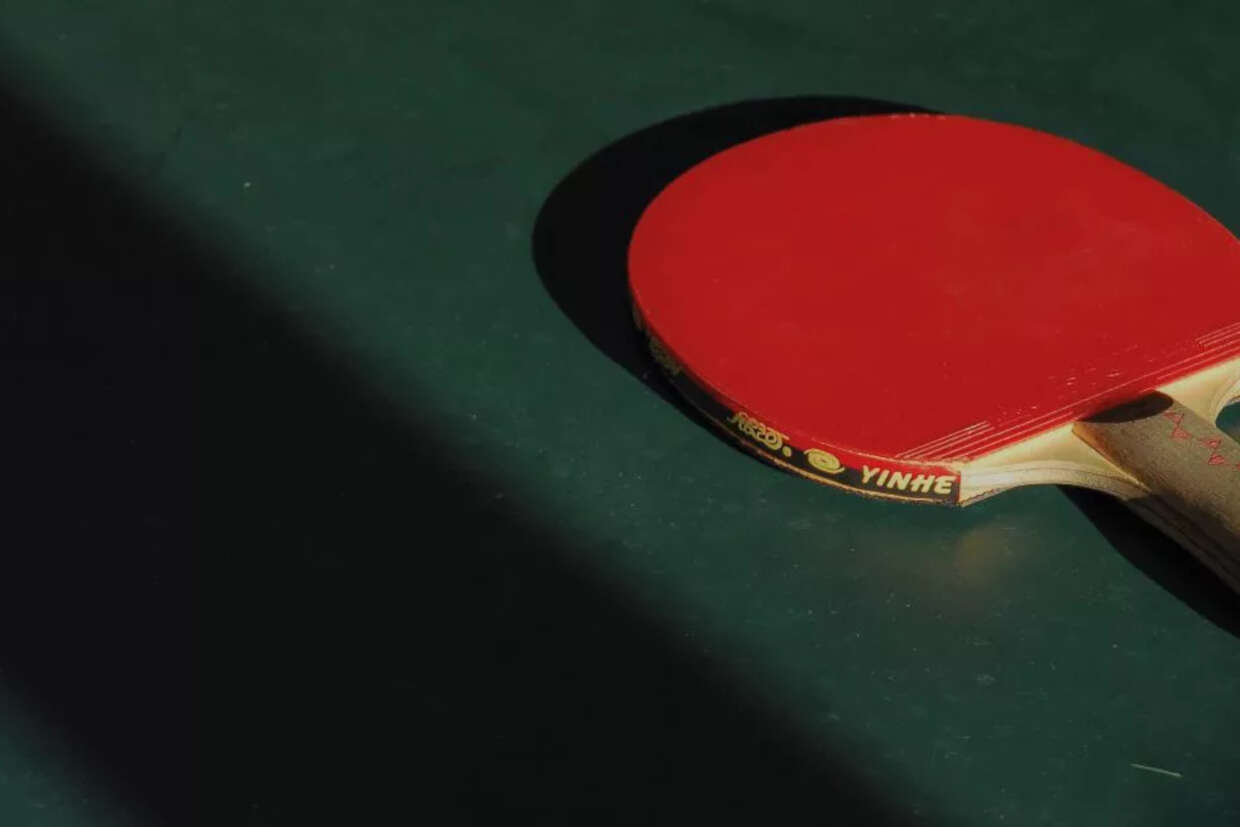This year is set to be a bumper one for female sports, with the Women's Six Nations Championship, FIFA Women’s World Cup, ICC Women’s Cricket World Cup and the Vitality Netball World Cup – not to mention a range of other football, hockey, volleyball, curling and golf competitions, many of which are being broadcast for the first time.
Although on the rise, awareness of women’s sports is still a problem. Last year the sport resources company Totally Runable found that of 3,017 photos of people doing sport across nine national newspapers, just 91 were of women – a mere 2.9%. On one particular day, there were 365 images of men and not a single woman. Ticketmaster’s State of Play survey, meanwhile, found that 17% of fans simply don’t hear about women’s football matches, which is why they do not go.
The rise of women’s sport
Dig deeper into the statistics, however, and the appetite for women’s sport is certainly there. According to sports marketing agency Two Circles, the number of fans attending elite women’s sporting events is set to hit 682,000 this year, a 49% increase over 2017. The Nielsen Sports survey (The Rise of Women's Sports - Identifying and maximizing the opportunity) also makes encouraging reading:
- 45% of the population would consider attending a live women’s sporting event
- 46% said they would watch more women’s sport if it was broadcast on free-to-air television
- 84% of general sports fans are interested in women’s sports
A gradual shift in attitudes, bolstered by the availability of live video coverage, is leading to a surge in popularity for women’s sports. This, in turn, creates potentially lucrative commercial opportunities – not only in ticket sales, but also in sponsorship and advertising, providing essential funds for future growth.
The same Nielsen Sports survey revealed some more interesting data that might prove key to their growth. It claims that women’s sports are generally viewed more favourably than their male equivalents – they’re regarded as less money-driven, less prone to cheating, more inspirational, and far more family-orientated. These positive messages are ideal for companies who want to align their brands accordingly.
Embracing commercial opportunities
As well as being seen as wholesome and progressive, women’s sport also attracts a wide audience. The Nielsen Sports survey found that 66% of those questioned were interested in at least one women’s sport, and that the audience is split almost 50:50 between men and women. Women’s sport also boasts a key demographic, with the majority of viewer interest coming from the 16-24 age group. It’s a fertile target market for brand awareness and monetisation.
Commercial activity in women’s arena is still small (in comparison to men’s sport), but it’s growing fast. From 2013 to 2017, the number of sponsorship deals increased by 47%, while the value of those deals went up by more than a third. The truth is that women’s sport represents exciting commercial opportunities that most companies are missing out on – especially brands operating on smaller budgets, for which involvement in many male sports is simply too competitive and expensive.
Shooting for a wider audience
Sam Grimley is commercial director at Gum Gum, a company that uses artificial intelligence to track the value of sports sponsorships. He can see the marketing potential in women’s sport.
“You open up a whole new pyramid of brands,” Grimley told Forbes. “There might be a cosmetic brand who would never dream of sponsoring a men’s rugby union team because it's not really an audience they want to get to. But there are opportunities in women's sport where they can reach their audience and start to have conversations.
“For the brand that wants to get to my 15-year-old niece, and wants to have affinity with her and her passion point, they'd be wasting their money sponsoring the men's cricket team. But doing something with the women's team, you can reach her.”
Landmark deals and sponsorship
Many forward-thinking companies are already on board. Supermarket chain Lidl, for example, has invested €3.5 million in Ladies Gaelic Football in Ireland, helping to elevate the sport and change perceptions across the country via some innovative campaigns. The result is that the 2018 final between Dublin and Cork enjoyed an attendance of 50,141 – some 15,000 higher than in 2016.
Vitality, the health and life insurer, currently sponsors the England netball team, the Vitality Roses. It is also the main sponsor of this year’s Netball World Cup in Liverpool – an event that has sold more than 74,000 tickets and is to receive substantial airtime on Sky Sports and the BBC.
Similarly, the recent inking in of a seven-year agreement for Visa to support UEFA women’s football was seen as a landmark deal. The global payments giant is the first ever UEFA sponsor dedicated to the women’s game, sponsoring the UEFA Women's Champions League, the UEFA Women's EURO, the UEFA Women's Under-19 and U17 Championships, plus the UEFA Women's Futsal EURO.
Visa will also support UEFA’s Together #WePlayStrong initiative, which aims to encourage more girls and women to play football.
The deal is further proof that women’s sport can stand on its own. “At the end of the day it’s not about the monetary value, it’s more about showing people this game has value,” says UEFA’s head of women’s football, Nadine Kessler.
“Partnering with [Visa],” Kessler adds, “confirms our belief that we have entered this new era in women's football at all levels of the game. It proves that women's football has truly taken on a new dimension within the commercial landscape. The potential is limitless.”
---
For these sports to ensure they’re in a good position to take advantage of these new opportunities, they need to have the digital infrastructure in place to deliver video content to new channels and broadcasters quickly.



